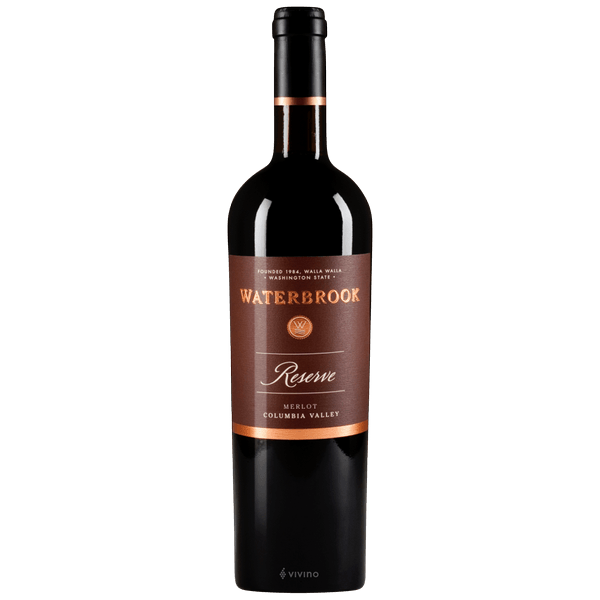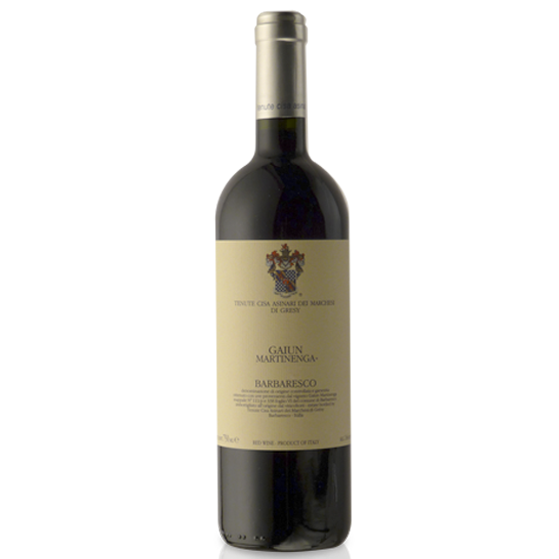-
×
 2021 Alexana Terroir Selection Pinot Noir
1 × $48.00
2021 Alexana Terroir Selection Pinot Noir
1 × $48.00
2017 Chateau Pibran Pauillac
2017 Chateau Pibran Pauillac Medium to deep garnet-purple colored, the 2017 Pibran gives up notes of redcurrant jelly, baked plum and blackcurrant cordial with ints of stewed tea, fragrant earth and new leather. Medium-bodied, the palate has great vibrancy, with bags of crunchy fruit and a soft texture, finishing with lovely purity.
92 Jeb Dunnuck: Based mostly on Merlot (68%), the 2017 Chateau Pibran reveals a ruby/purple hue as well as terrific notes of damp earth, tobacco leaf, chocolate, and black cherry and currant fruits. Beautifully textured, medium to full-bodied, and balanced, it’s a terrific 2017 that’s already hard to resist.
Pauillac Wine
The leader on the Left Bank in number of first growth classified producers within its boundaries, Pauillac has more than any of the other appellations, at three of the five. Chateau Lafite Rothschild and Mouton Rothschild border St. Estephe on its northern end and Chateau Latour is at Pauillac’s southern end, bordering St. Julien.
While the first growths are certainly some of the better producers of the Left Bank, today they often compete with some of the “lower ranked” producers (second, third, fourth, fifth growth) in quality and value. The Left Bank of Bordeaux subscribes to an arguably outdated method of classification that goes back to 1855. The finest chateaux in that year were judged on the basis of reputation and trading price; changes in rank since then have been miniscule at best. Today producers such as Chateau Pontet-Canet, Chateau Grand Puy-Lacoste, Chateau Lynch-Bages, among others (all fifth growth) offer some of the most outstanding wines in all of Bordeaux.
Defining characteristics of fine wines from Pauillac (i.e. Cabernet-based Bordeaux Blends) include inky and juicy blackcurrant, cedar or cigar box and plush or chalky tannins.
Layers of gravel in the Pauillac region are key to its wines’ character and quality. The layers offer excellent drainage in the relatively flat topography of the region allowing water to run off into “jalles” or streams, which subsequently flow off into the Gironde.
Related products
$147.00
2016 Nicolas Rossignol Volnay 1er Cru Santenots 2016 Nicolas Rossignol Volnay 1er Cru Santenots An extremely ripe yet not premature nose of menthol, plus liqueur and cassis aromas lead to very rich, indeed even opulent medium-bodied flavors that exude an abundance of palate coating dry extract on the velvety, powerful and coffee-infused finish of dramatic [...]
Chardonnay
$32.00
2022 Jean-Marc Brocard Chablis Sainte Claire 2022 Jean-Marc Brocard Chablis Sainte Claire is tart, with notes of lemon oils and mango skin, as well as a bit of minty herbaceousness. On the palate, there are flavors of honey, tropical fruits just barely ripened, as well as a finish of bracing acidity. One of the most popular [...]
Burgundy
$97.00
2019 Nicolas Rossignol Volnay 2019 Nicolas Rossignol Volnay is medium to full-bodied with aromas of plums, wild berries, warm spices and licorice, fleshy and layered, with fine concentration, lively acids and an ample core of fruit. Concluding with elegantly chalky grip on the finish, this cuvée has always been one of the more charming and immediate [...]
Chateauneuf-du-Pape
$48.00
2020 Domaine Berthet Rayne Chateauneuf-du-Pape Rouge 2020 Domaine Berthet Rayne Chateauneuf-du-Pape Rouge Aromas of plums, cassis, and cherries presented in a medium bodied, spicy style with beautifully pure fruit, a savory mouthfeel, moderate but ripe, sweet tannin, and a long finish. VARIETAL COMPOSITION: 65% Grenache Noir, 20% Mourvèdre, 10% Cinsault, 5% Syrah. TERROIR: The estate [...]


